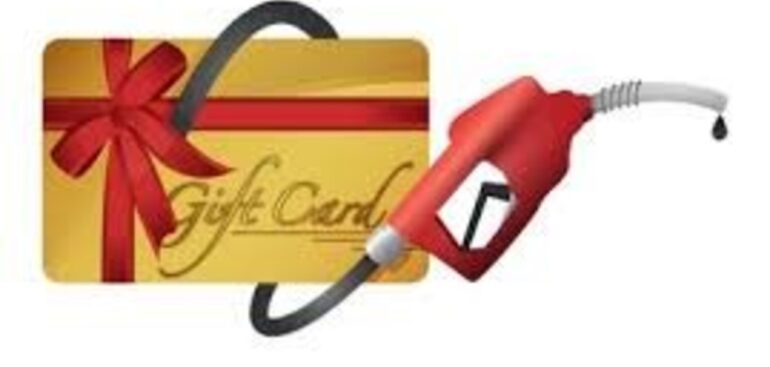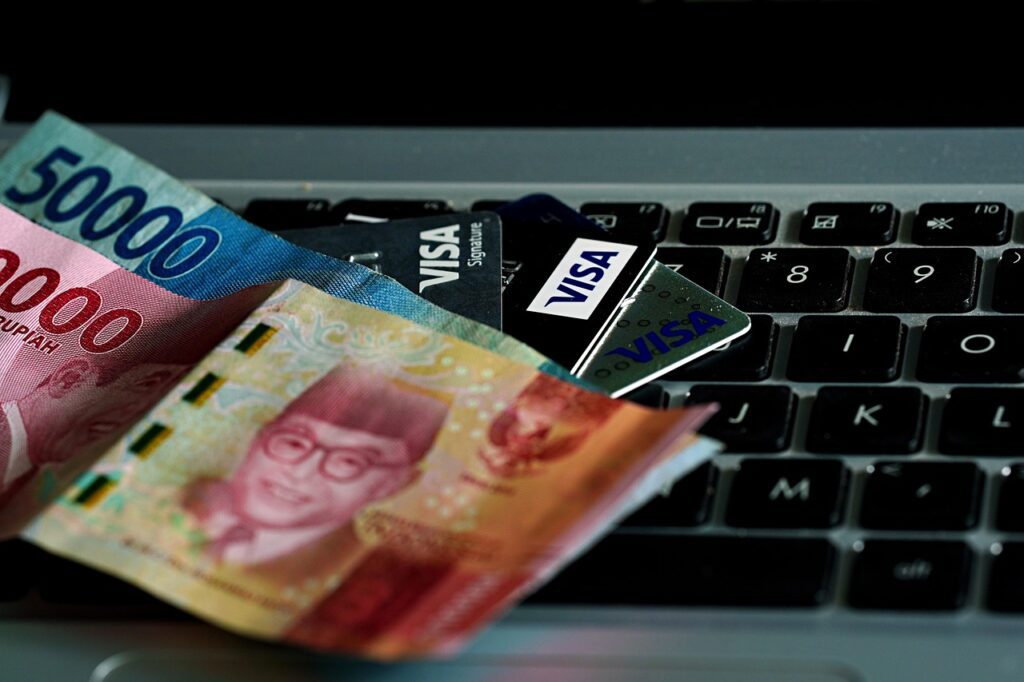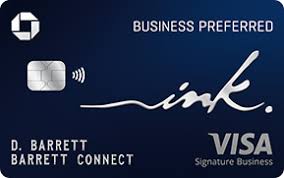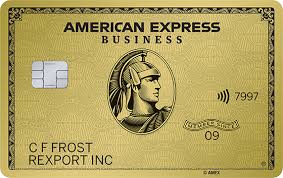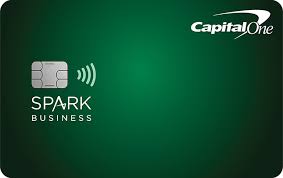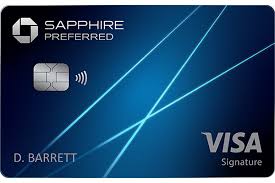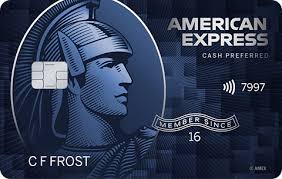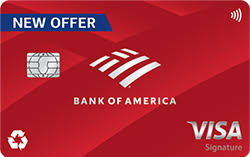Introduction
Gift cards have become one of the most convenient and versatile payment methods universally used in the modern day, where the lifestyle is so busy. Many people have queries like, “Can I use a Meijer gift card for gas?” and also, “Can I use Visa gift card for gas. As Gift cards are a more convenient alternative to using credit or debit cards when it comes to fueling up your vehicle, having a meal with your friends, or buying groceries. Such common gifts as Visa gift cards, Meijer gift card and Bank of America gift card have become at the disposition of a considerable number of consumers who prefer control over their spending and budget organizing.
In combination with the convenience brought about by the use of gift cards, intelligent consumers always want to know the most savvy means of saving money. Discounts and cash back rewards are two of the most widespread methods. Gift cards themselves do not usually come with the same cash back benefit as some credit cards, but they can form a strong part of your financial portfolio as a whole. In this guide we will demystify the operations of these popular gift cards, discuss their acceptability on purchases like gas and dining, and also compare the role played by them relative to the discount and cash back benefits.
Understanding Gift Cards—Visa, Meijer & Bank of America
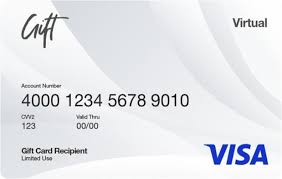
The Visa instrument cards are preloaded prepaid debit cards of particular monetary values. They work in the same way as a credit or debit card, but they do not draw on a bank account or a credit line. These cards can be utilized at all visiting merchants that honor Visa, which range from all gas stations and restaurants to online retailers. Most Visa gift cards are non-reloadable; however, there is a variant with reload capability known as prepaid cards, which allows continued use of the cards.
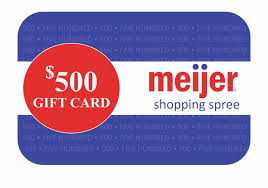
Meijer offers, on the contrary, store-specific Meijer gift cards. They can only be utilized at the Meijer stores, which include the grocery aisles, pharmacies, and Meijer-owned fuel centers. Although this reduces their flexibility to the use of Visa gift cards, it gives immense value and convenience to consumers who frequent the Meijer stores and would like to pack their shopping and fuel requirements in a single spot.
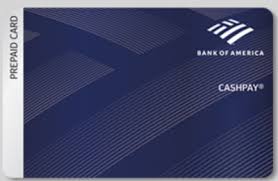
The Bank of America gift cards are the same as Visa cards since they are commonly provided under the rewards or even promotion programs. They are widely accepted and are provided with good customer protection common to bank-issued prepaid cards. They are versatile for gas stations, restaurants, and shops and can be used as easily as the Visa-branded cards.
Discount vs Cash Back in Relation to Gift Cards
- Discount gift cards: Obtained below face value, e.g. the buying of a 50 dollar card using 45 dollars immediately reduces the expenses of particular merchants.
- Cash-back rewards are given by credit cards depending on amounts spent or most of the time as a percentage returned to the cardholder.
- Gift cards are not per se the best option to get cash back, but by getting discount deals or cash back cards, one can multiply the savings.
Gift Cards vs Prepaid vs Credit/Debit Cards
Gift cards: Particular balance, including usually one-time use or a chosen ability to re-establish.
Prepaid cards: Can be reloaded and used for long-run budgeting.
Credit/Debit cards: Tied to financial accounts, they offer protections, credit building, and cash-back incentives.
Can You Use Visa Gift Cards for Gas?
Whether the Visa gift cards are accepted in purchasing fuel is one of the most commonly asked questions.
- Can I use a Visa gift card to pay for gas? That is true, but with some practical considerations.
- Are gas stoves Visa gift cards? Generally, yes. Gift cards issued by Visa are accepted by the gas stations that accept Visa debit and credit cards.
- Are Visa gift cards accepted under the gas? Yes, it does, but you should be careful of certain payment procedures.
Pre-Authorization Holds
Gas pumps commonly set a pre-authorization hold of between 75 dollars and 100 dollars to hold the amount that may be purchased. Given that a Visa gift card is prepaid, with a fixed balance, your purchase may be denied, even when you intend to use less fuel, in a case where an insufficient balance would have been available to cover this hold. This is the most typical source of disorientation and irritation by the customers.
Pay-at-the-Pump vs Pay-inside
At the pump payment: Increased chances of holds on declined transactions.
Pay-in: Enables you to select the specific amount that you desire to buy, thereby reducing declined purchases as a result of an inadequate amount in the gift card.
Tips to Use Visa Gift Cards at Gas Station
- It is best to always ensure that you know the balance history on your card before fuelling.
- Paying inside the station option can be used when balance runs low.
- Always have a back-up form of payment in case the gift card is not accepted.
- Online you can check balances and activity you need to register Visa gift card.
Using Visa Gift Cards in Restaurants and Other Places
Visa gift cards are widely accepted in restaurants and similar service establishments.
Do Visa gift cards work in restaurants? The majority of the restaurants accept Visa gift cards as credit or debit cards.
Restaurants usually temporarily reserve the amount on the card for the bill with a 15-20% tip. It implies that your card must contain a sufficient amount of money to pay not only for the meal but also for the hold of the amount of tip. In another example, say your bill is 40; however, your Visa gift card balance is 42 dollars, the tip hold may cause the transaction to cancel.
Tips for Dining with Visa Gift Cards
Ask the server to put the precise bill and give the tip in money if possible.
Make sure that the restaurant is okay with payment splitting so you can buy more than one gift card or combine it with other payment options.
Other Common Use Cases
Most of the retail stores accept the Visa gift cards.
The Visa gift cards are usually accepted by online merchants or may need an address verification associated with the registration of the card.
Visa gift cards are accepted by many service providers where Visa credit/debit cards are accepted.
Using Meijer Gift Cards for Gas and Grocery Purchases
Questions often arise regarding the ability to use Meijer gift cards for fuel purchases.
Do Meijer gift cards work to buy gas? Yes, though it is not the same at all Meijer-owned or operated gas stations.
Does a Meijer gift card work at the gas station? Yes, but only limited to Meijer fuel stations, which are a part of their retailing network.
Grocery and In-Store Purchases
Meijer gift cards work very well when it comes to grocery purchases, pharmacy purchases, and all purchases inside the company. They are perfectly suitable to be used by families and frequent Meijer shoppers willing to make a budget or buy gifts.
Best Practices
Look up the balance of your Meijer gift card frequently at the Meijer customer service desk or on the website.
The cards can be used during promotions or sales at Meijer to reduce your expenditure as much as possible.
Combine with the Meijer coupons or loyalty programs to get better discounts.
Insights on Bank of America Gift Cards – Features and Usage
Bank of America gift cards offer broad flexibility, resembling Visa prepaid cards.
Features
Funded by rewards programs, bonuses, or direct deposits.
It is accepted everywhere where Visa or major credit/debit cards are accepted.
Frequently, they are accompanied by consumer security, which is handled by the issuing bank.
Usage Scenarios
At gas stations, they are faced with the same challenge of pre-authorization when compared with Visa gift cards.
They are accepted by most of the restaurants and stores.
Canvas down to online shopping with address verification by registration.
Comparisons with Visa Gift Cards
Whereas Visa gift cards can be bought through several storefront shops, the gift cards sold by Bank of America are from a concerned financial institution, which may provide more favorable customer support and protection against fraud, especially in case of card loss or theft.
Discount vs Cash Back – Comparing Savings When Using Gift Cards
Consumers looking to save money often debate between discounts and cash back, especially in connection with gift card usage.
Discount Gift Cards
Discounted gift cards are obtained at a discount to their face value e.g. they pay a reduced amount to purchase a gift card worth 100 dollars e.g. 90 dollars thus saving their money upfront but can only spend it with select stores.
Cash Back Rewards
Using reward credit cards to make everyday purchases earns a user cash back generally in the form of a percentage of the money spent. This savings are adjustable to various merchants.
Gift Cards + Cash Back Strategy
Purchasing discounted gift cards with a cash back credit card is one impressive tip to make the savings increase. To illustrate, the sale price of a Meijer card of $45 (instead of the normal price of 50) with a credit card will earn 2 percent cash back savings.
Limitations to Consider
Other cards are inactive or charge-maintenance fees which depreciate savings with time.
Value may be lost through expiry of card balance as well.
Tips for Maximizing Gift Card Benefits at Gas Stations and Restaurants
To get the most out of your gift cards, especially in tricky environments like gas stations, follow these tips:
Check your balances before you purchase so you do not get a declined transaction.
Gas stations accept payment in the store instead of pre-authorization holds at the pump.
In case it is allowed, more than one card can be used to cover greater bills or divide payments.
Your stack reward and shop gift cards with your cash back or rewards credit card.
Register your cards online in the event of loss or theft so as to make recovery of their balance possible.
Carry a back up payment in case of a gift card rejection.
Conclusion
These gift cards are available in Visa gift cards, Meijer gift cards, and Bank of America gift cards to help consumers enjoy convenience and flexibility when paying to buy gas, eat out, and buy groceries among others. The strengths and weaknesses of each type of card are individual: The Visa cards are widely accepted but may have difficulties with pre-authorization at gas stations; the Meijer cards are good for the patron of a particular store who makes a lot of purchases in it including gas at the Meijer gas station; Bank of America cards are surrounded by the vast network of acceptance as well as by the bank security services.
Knowing the differences between discount savings and cash back savings can help consumers understand how gift cards can be used as part of their financial behavior more efficiently-with each dollar going even further.
When making your 2025 and later acquisition planning, think of how to incorporate gift cards into your budgeting and savings programs. In their hands and with a correct understanding and use, these versatile payment tools may become a necessary element of your financial toolkit.

